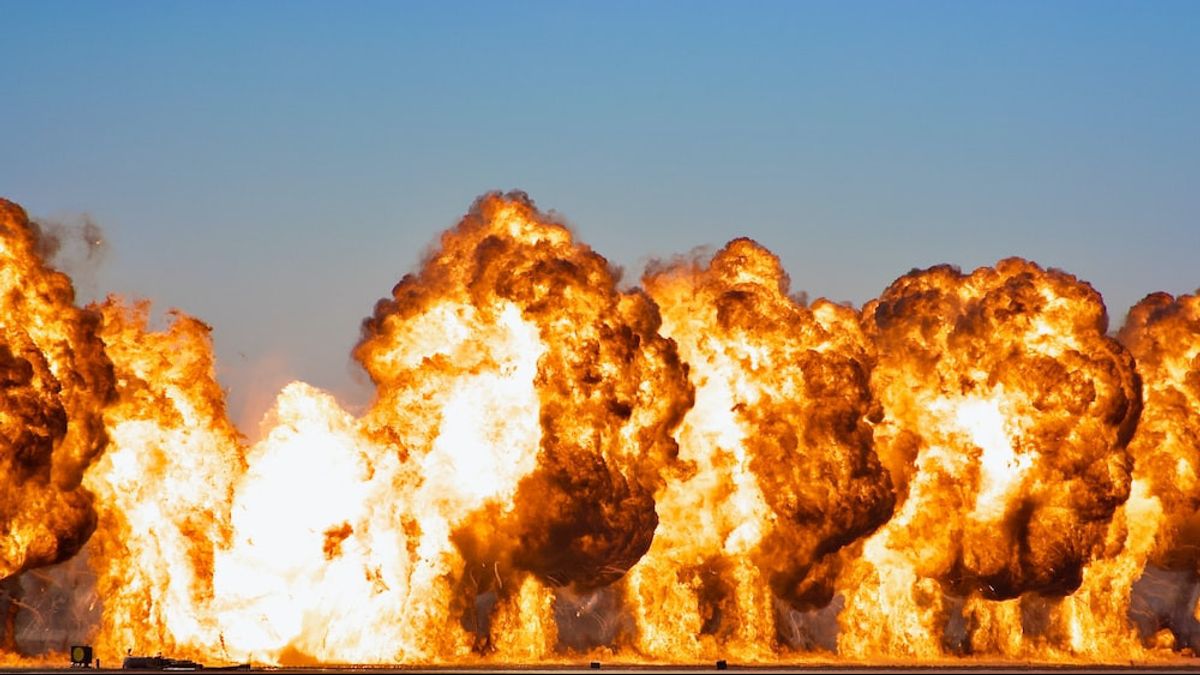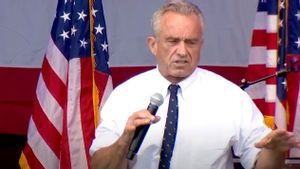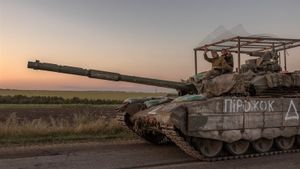YOGYAKARTA The involvement of Oppenheimer physics scientists in making atomic bombs is quite an influential starting point, not only in the field of science but also in the field of weaponry. The first period of atomic bombs was used in the second World War, at that time the United States dropped atomic bombs in Hiroshima anddai, Japan. Beyond that, how exactly do atomic bombs work?
It should be noted that an atomic bomb is the alias name of a nuclear bomb. The way an atomic bomb or nuclear bomb works is to involve chemical reactions which then produce a response in the form of a large explosion.
Quoted from the official website of the National Nuclear Energy Agency (BATAN), nuclear is the smallest part of atoms, while atoms are the smallest part of a material. Even though it is the smallest part of a material, atoms can trigger a sizeable energy explosion.
It should be noted that nuclear weapons basically have two types, one of which works by producing explosive energy from fission reactions. This first type is called an atomic bomb.
The creation of atomic bombs is actually not done just like that. It all started with a long journey, until finally scientist Albert Einstein discovered his famous and influential theory in the field of science, namely E = mc2, or Energy the same as the Mass of Objects multiplied by the Light Speed Quadrat. Simply put, every atom that is the maker of the world or material can be exchanged into energy, and vice versa.
SEE ALSO:
In the case of Hiroshima and kombom, the atomic bomb dropped had fuel in the form of Uranium isotope 235 (U-235). The way it works is to place two U-235 uranium plates at the two end of the bomb. One of the plates will be fired until it is thrown into another plate. It should also be noted that the plates that are applied have Polonium-210 and Beliium-9 which are neutron initiators.
When two slabs of uranium collide with each other, a phenomenon of physics is created called supercritical mass. Such conditions become an ideal phase to spontaneously trigger fission reactions. Fission reactions are the atomic breaking process to become a smaller part.
In the bomb, when a supercritical mass phenomenon occurs, the neutron initiator will launch the neutron to turn Uranium-235 into a highly unstable Uranium-236. The U-236 will split into barium and the krypton then fire three neutrons. The three neutrons will hit other U-235 atoms and similar reactions will occur. When the reaction occurs, the mass changes to energy as in Albert Einstein's theory. This process then produces an atomic bomb with a powerful explosive force.
In addition to how atomic bombs work, visit VOI.ID to get other interesting information.
The English, Chinese, Japanese, Arabic, and French versions are automatically generated by the AI. So there may still be inaccuracies in translating, please always see Indonesian as our main language. (system supported by DigitalSiber.id)















